Osteoarthritis of the Hip
Osteoarthritis of the Hip: Causes, Symptoms & Treatment
Overview
Osteoarthritis, also called degenerative arthritis, is a gradual breakdown of cartilage in the joints. Cartilage is a tough, flexible connective tissue that protects the ends of bones in the joints. Osteoarthritis is common in the hip because the hip bears the weight of the body. Osteoarthritis of the hip can severely impact a person’s lifestyle.
Causes and Risk Factors
Osteoarthritis commonly develops as a result of the wear and tear of aging. It also frequently results from traumatic injury to the joint. Osteoarthritis of the hip is more common in older people, in women, and in people who have occupations that place increased stress on the hip. People who have certain diseases, bone deformities or a genetic predisposition are also at a higher risk. Obesity can also raise a person’s risk for osteoarthritis of the hip, because extra body weight increases stress on the hip joint.
Progression
In a healthy hip, the head of the femur is covered by a layer of cartilage. Healthy cartilage allows the bone to glide smoothly within the joint. But in a hip with osteoarthritis, this cartilage begins to deteriorate and wear away. Repetitive motion or injury may speed this deterioration. Eventually, the bone of the femur may rub directly against the bone of the hip socket.


Bone Spur Formation
This rubbing can cause the gradual growth of bony bumps along the edge of the joint. These lumps, called bone spurs (or osteophytes), can cause joint pain.
Symptoms
Symptoms of osteoarthritis of the hip may include pain in the hip, inner thigh, buttocks and knees. Movement may increase this pain. The hip may feel tender when pressure is applied. The person may experience a grating sensation when walking. The hip may feel stiff, and this stiffness may interfere with the leg’s range of motion.
Treatment
Treatment options depend on the severity of the arthritis. In the early stages, the hip may be treated with non-steroidal anti-inflammatory medications, corticosteroid injections, and physical therapy. If these methods are not helpful and if the hip continues to deteriorate, injection of the hip joint with stem cell injections and/ or blockade of the sensory branches of the hip joint via thermal rhizotomy are among advanced treatment options offered at NorTex Spine & Joint Institute in order to avoid or delay surgery.
NorTex Spine & Joint Institute
Is proud to be the leader of non-surgical treatments for a variety of spine-related problems offered by Dr. Ghalambor, Harvard Trained, Fellowship Trained, and Board Certified Specialist.
We offer consultations and treatments in our affiliated clinics in Plano, McKinney, Frisco, Lewisville, Wylie, Celina, Garland, Allen, Addison, and Dallas in Texas.
Want to talk more about your Back Pain, Neck Pain, or other Spine related problems?
Call us today at 972-872-8408


